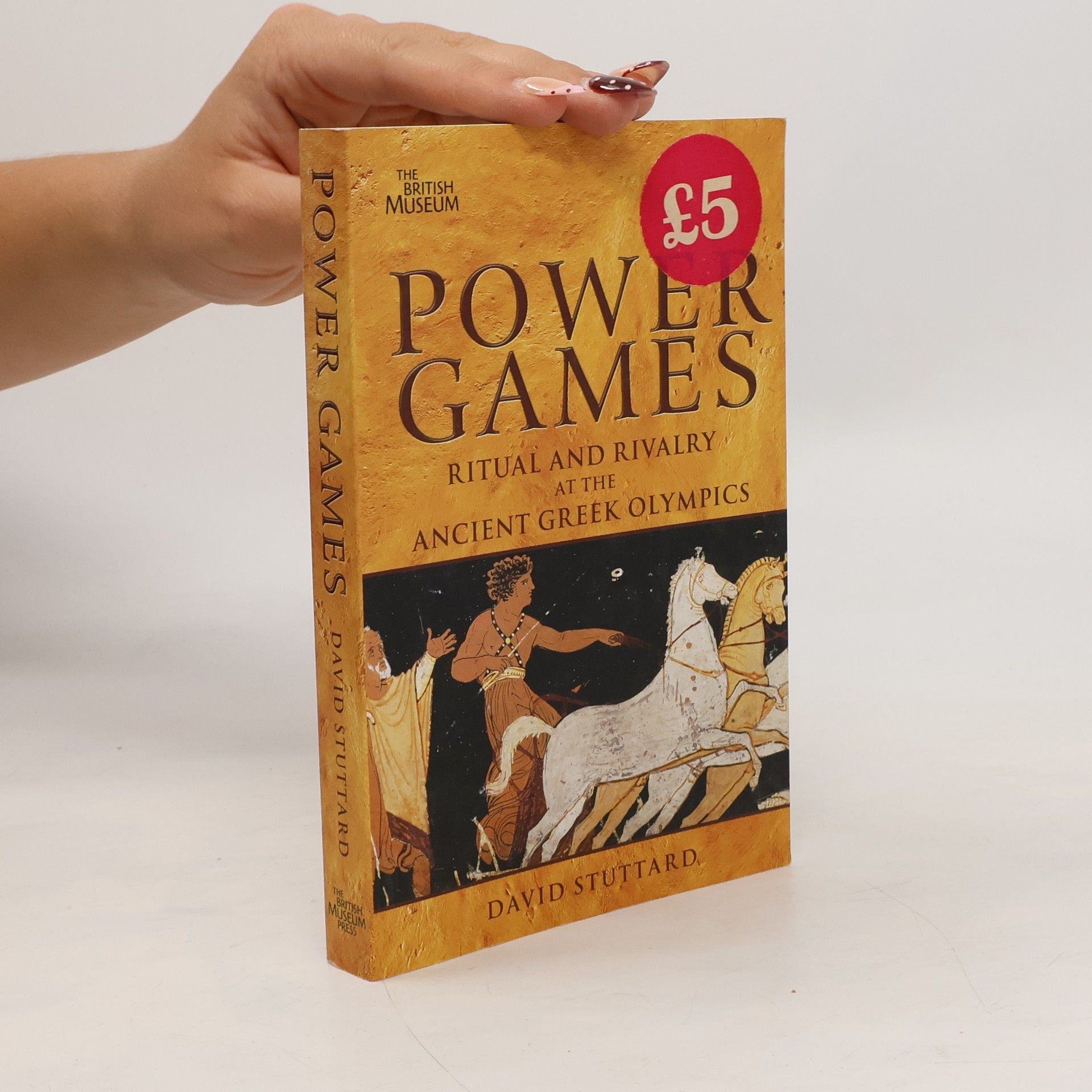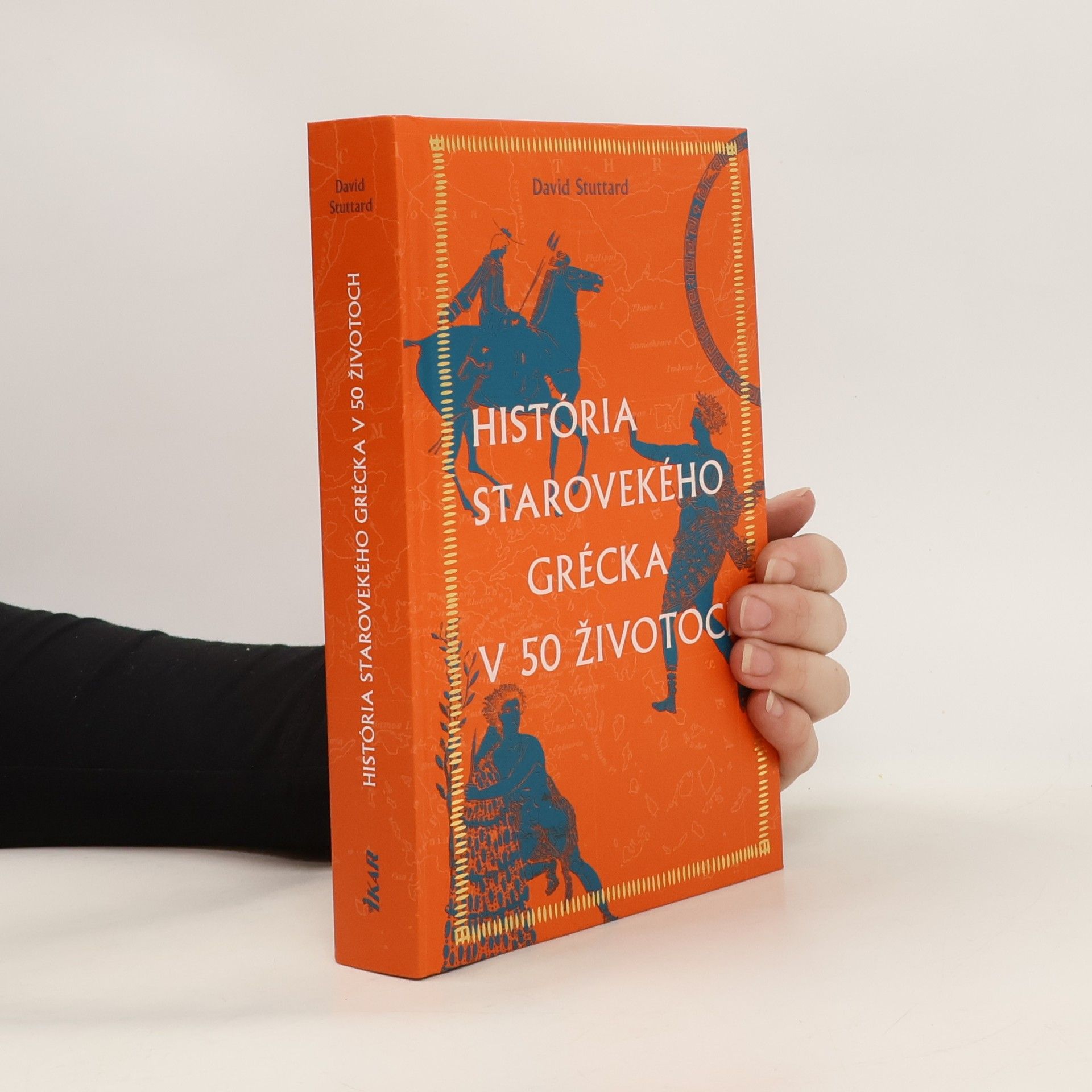Seeschlacht um die Weltherrschaft Nur ein einziges Mal in der Geschichte, im Epochenjahr 31 v. Chr., standen sich Rom und Ägypten in einer Seeschlacht gegenüber. Für beide Supermächte ging es um Sieg oder Untergang. Octavian, der spätere Augustus, traf an der Küste vor Actium auf den 'Verräter Roms' – wie er Marcus Antonius in seiner Propaganda nannte – und dessen Geliebte Kleopatra, die gemeinsam eine ägyptisch-römische Dynastie planten. Die Schlacht war der Höhepunkt einer langen historischen Entwicklung. Nach stundenlangem Kampf waren Kleopatra und Antonius zur Flucht gezwungen; mit Kleopatras Selbstmord endete die Ära der Ptolemäer, der Nach-folger Alexanders des Großen in Ägypten. Octavian wurde in der Folge zum unumschränkten Herrscher über Rom und verleibte sich Ägypten ein; damit war die lange Zeit der Bürgerkriege beendet. Seine Nachfolger erweiterten mit immer neuen Kriegszügen das riesige römische Imperium. Lebendig und kenntnisreich schildern die Autoren diese historische Wende aus Sicht der beiden charismatischen Protagonisten Antonius und Kleopatra.
David Stuttard Bücher
David Stuttard ist ein britischer Theaterregisseur und klassischer Gelehrter, der vor allem historische Werke über die antike Welt verfasst. Seine Schriften verbinden tiefes Wissen über klassische Texte mit fesselnder Erzählweise. Stuttard bietet eine einzigartige Perspektive auf antike Geschichte und Kultur und erweckt vergangene Zivilisationen für moderne Leser zum Leben. Sein Ansatz wurzelt in sorgfältiger Recherche und der Leidenschaft, menschliche Erfahrungen über die Zeitalter hinweg zu verstehen.
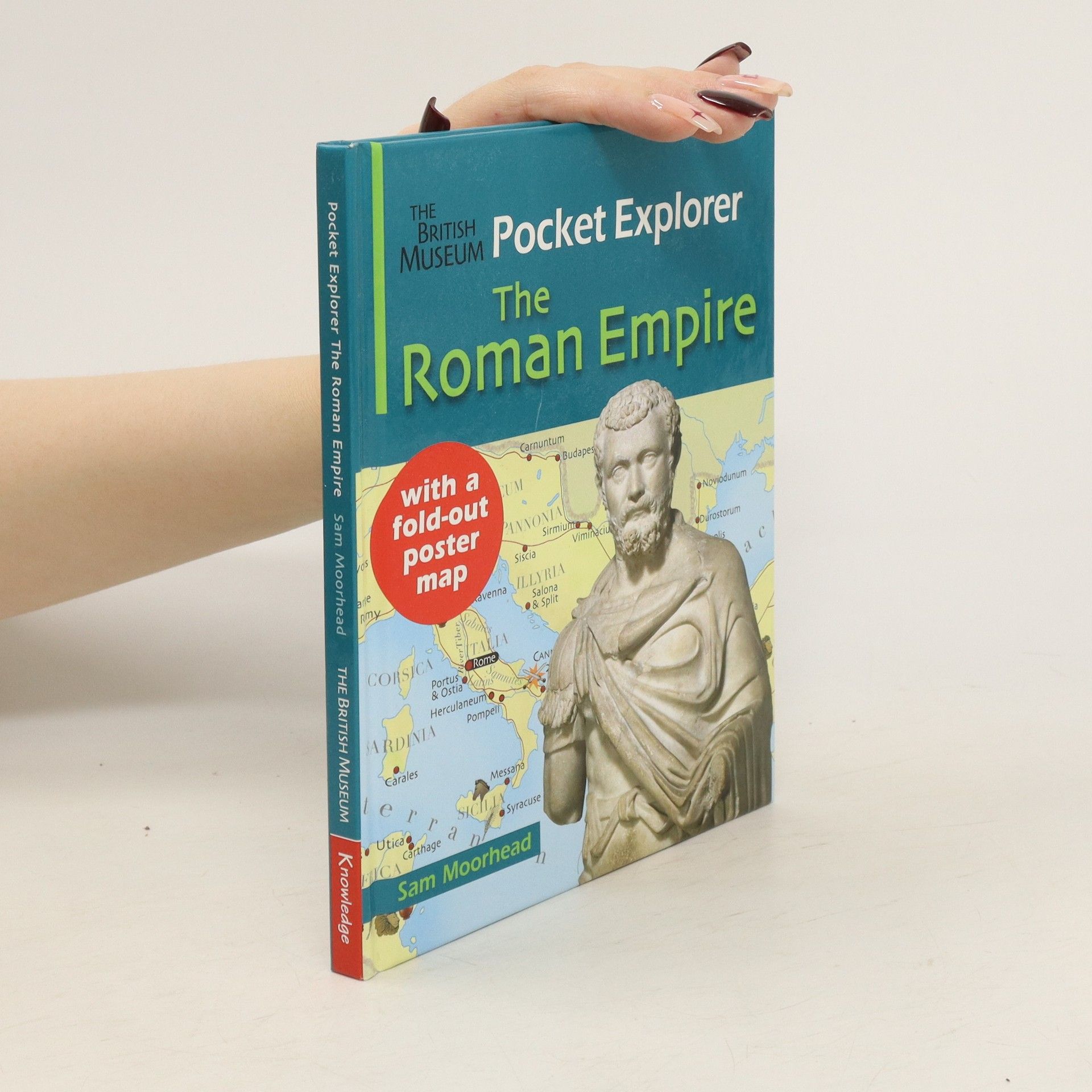


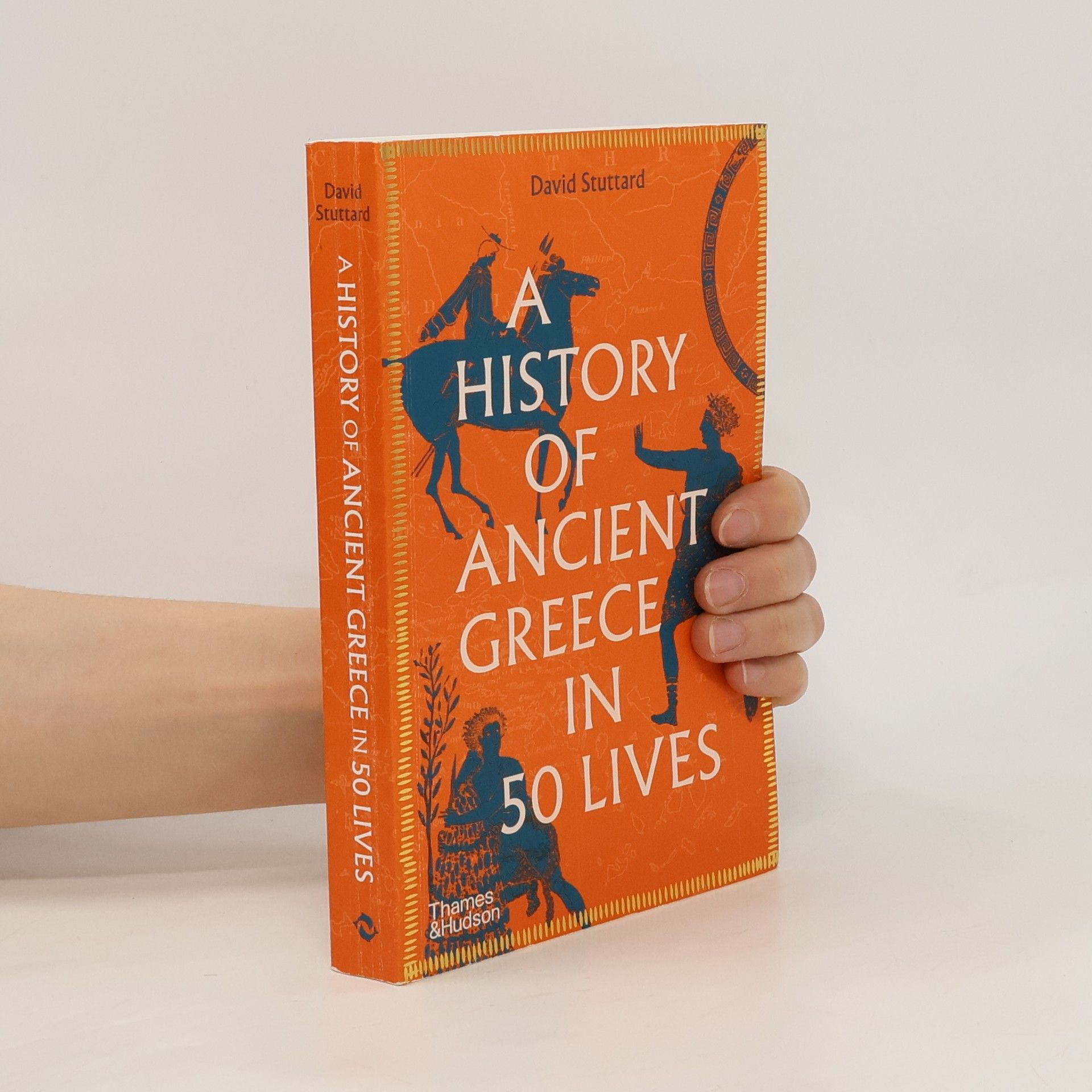
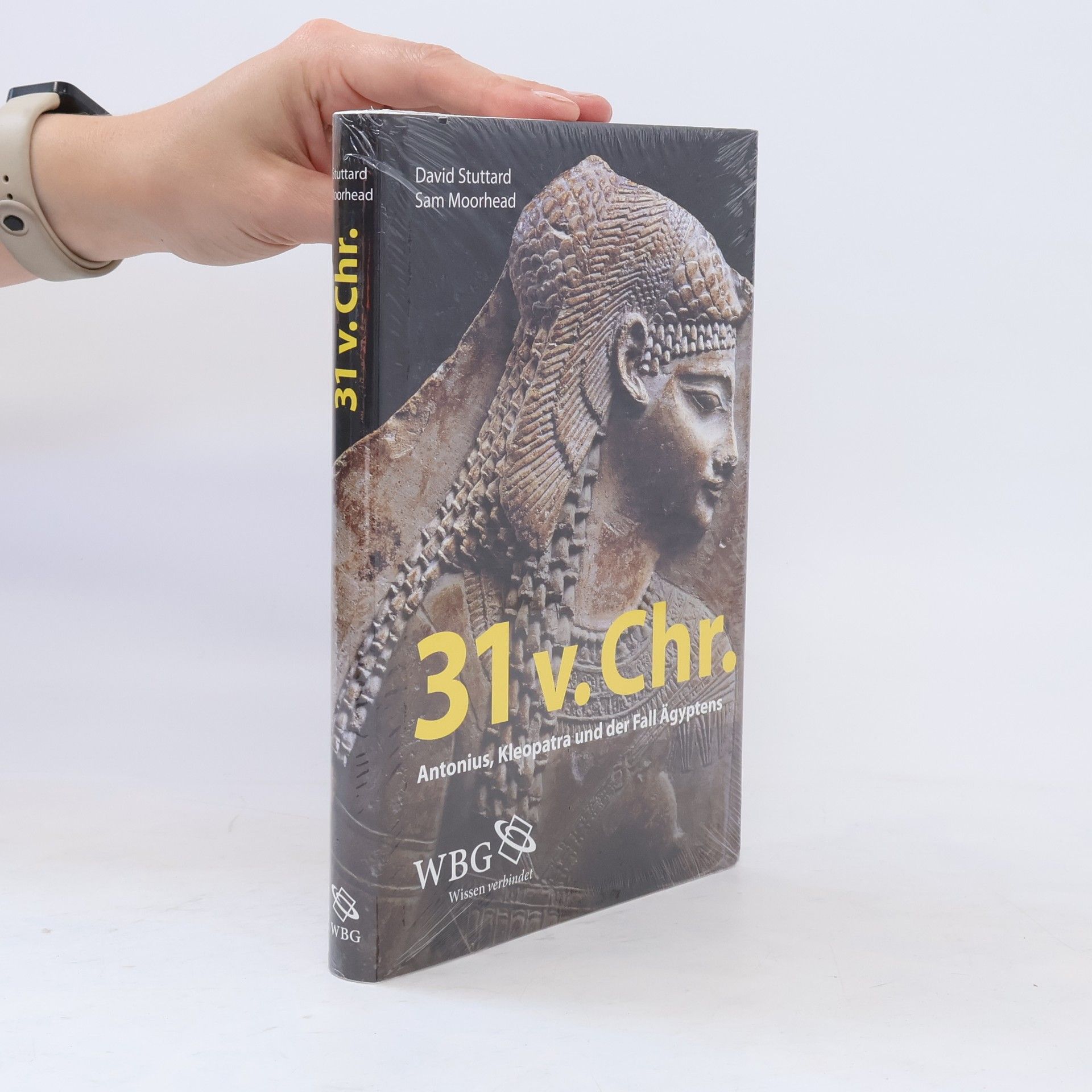
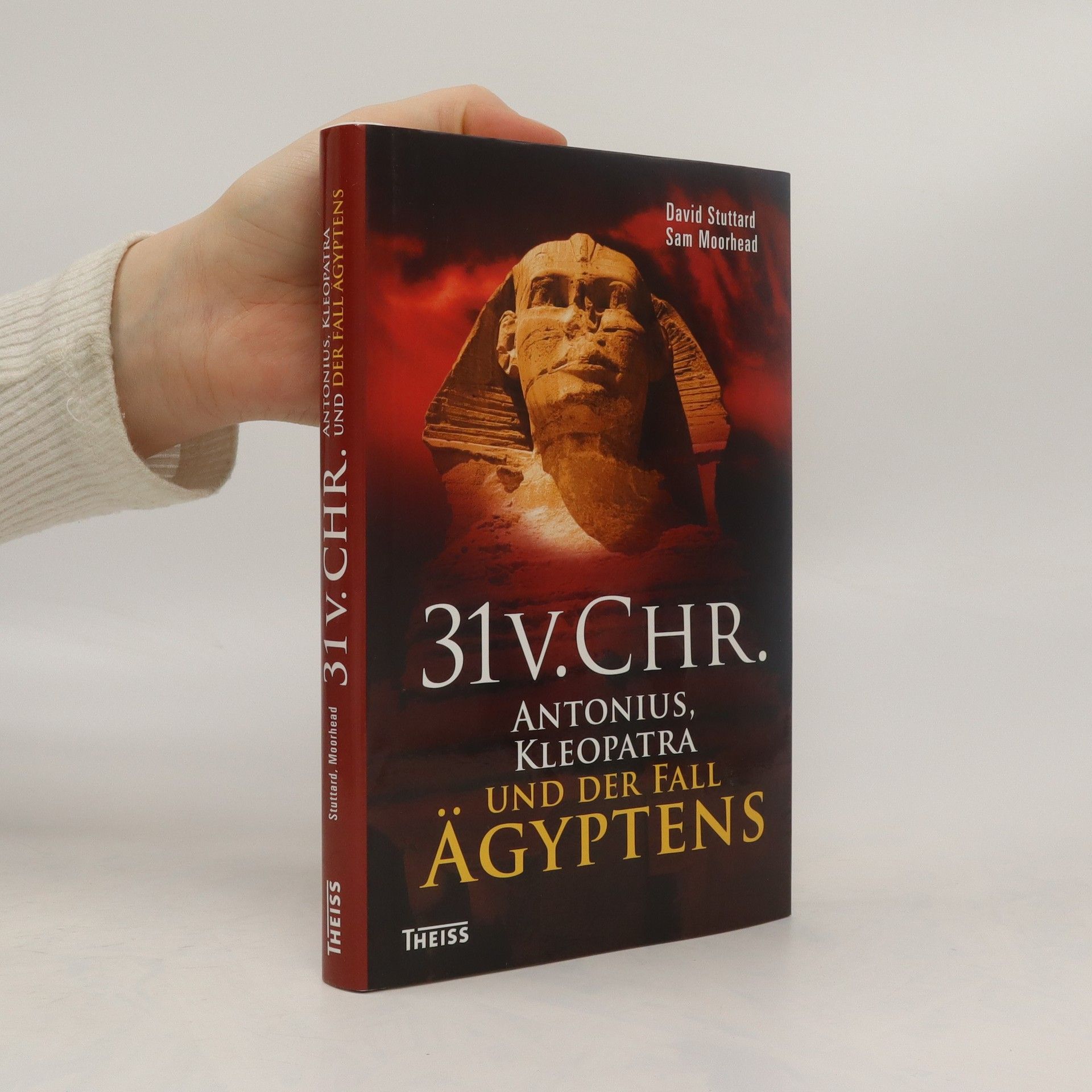
The political leaders, writers, artists and philosophers of ancient Greece turned a small group of city states into a pan-Mediterranean civilization, whose legacy can be found everywhere today. But who were these people, what do we know of their lives and how did they interact with one another? In this original new approach to telling the Greek story, David Stuttard weaves together the lives of fifty movers and shakers of the Greek world into a continuous, chronologically organized narrative, from the early tyrant rulers Peisistratus and Polycrates, through the stirrings of democracy under Cleisthenes to the rise of Macedon under Philip II and Alexander the Great and the eventual decline of the Greek world as Rome rose. With 29 illustrations, 25 in colour
"Fifty years before its golden age, Athens was just another city-state in Sparta's shadow. David Stuttard tells the story of the father and son who lifted Athens. Miltiades defeated the Persians at Marathon; Cimon drove them from Greece, revitalized the war-torn city, and moderated its foreign policy, creating the conditions for Athenian greatness"-- Provided by publisher
On 2 September 31 BC, two superpowers, Egypt and Rome, met head-on for the first and last time in history. The outcome was the Battle of Actium, which would change the course of history and lead directly to the foundation of the Roman Empire. In a compelling new chronicle, brought vividly to life with expressive anecdotes and moving eye-witness accounts, 31 BC explores the chain of events that culminated in the fall of Egypt. A sequel to the popular AD 410: the Year that Shook Rome, 31 BC reveals the tragic romance between Antony and Cleopatra, boldly characterising the central charismatic personalities of the time. Illustrated with evocative locations and iconic objects from the British Museum and elsewhere, 31 BC: Antony, Cleopatra and the Fall of Egypt is a dramatic story of a defining moment in history, retold with excitement and vigour from the Egyptian standpoint.
The British Museum Pocket Explorer The Roman Empire
- 32 Seiten
- 2 Lesestunden
Travel the Roman empire and discover the great diversity of its peoples and cultures. The book shows the importance of the Roman army in conquering and controlling the empire, and how the empire was held together by the Emperor and by his officials and laws. The economic power of Rome depended on raw materials from all over the empire: metals, stone and food. Rome_s success lay in its inclusiveness, with many distinct cultures flourishing within its boundaries. People practised many different religions and spoke many different languages, but they were unified by Roman civilization. Sam Moorhead shows how the most successful empire in human history was organised, and why understanding the Roman empire helps us to understand better our world today.
Power Games
- 240 Seiten
- 9 Lesestunden
Power; the power of the gods; the power of Greek cities; the power of the human body: all these were celebrated at the ancient Olympic Games. Ancient Olympia symbolized excellence and supremacy in every sense of the word, not only athletic, but also political. Every four years, this international festival carefully timed to coincide with the August full moon drew the strongest and fastest athletic champions, hoping to win glory for their city-state. With them came the ruling elite, equally intent on displaying their city's power and prestige by excelling at the Games. After the athletic contests, Olympia also served as the ideal forum for political parleys and alliances. This absorbing narrative, told from a spectators viewpoint, revolves around the Games of 416 BC a turning point in Greek politics when a cold war between Athens and other major cities was about to erupt into bloody fighting. The reader vividly experiences what it was like to be there, to witness the rituals, official banquets, bloody contests, victory celebrations and subsequent political parleys.
História starovekého Grécka v 50 životoch
- 384 Seiten
- 14 Lesestunden
Netradičný pohľad na históriu Grécka je prezentovaný prostredníctvom životopisov významných gréckych osobností. Politickí vodcovia, spisovatelia, umelci a filozofi transformovali malé mestské štáty na panstredomorskú civilizáciu, ktorej odkaz pretrváva dodnes. Autor prepojil životy päťdesiatich najvplyvnejších postáv, od tyranov ako Peisistratos a Polykrates, cez demokratické reformy Kleisthena, až po vzostup Macedónie pod Filipom II. a Alexandrom III. Veľkým, a konečný úpadok gréckeho sveta s príchodom Ríma. Okrem známych osobností ako Herodotos a Alexander Veľký sa objavujú aj menej známe figúry ako Demetrios a Alelles. Zaujímavé je zvýraznenie mien osobností, s ktorými sa daná postava stretla, čo obohacuje historické súvislosti. Kniha je určená milovníkom antiky a mala by byť súčasťou školských knižníc od základných až po vysoké školy humanitného zamerania. Odborníci na antické Grécko ocenia jej prehľad a nové prepojenia dejín. Autor, známy popularizátor antickej kultúry, začína prehľadom gréckej historiografie a jednotlivé biografie sú doplnené zaujímavými faktami a 25 farebnými fotografiami a 4 mapami.
